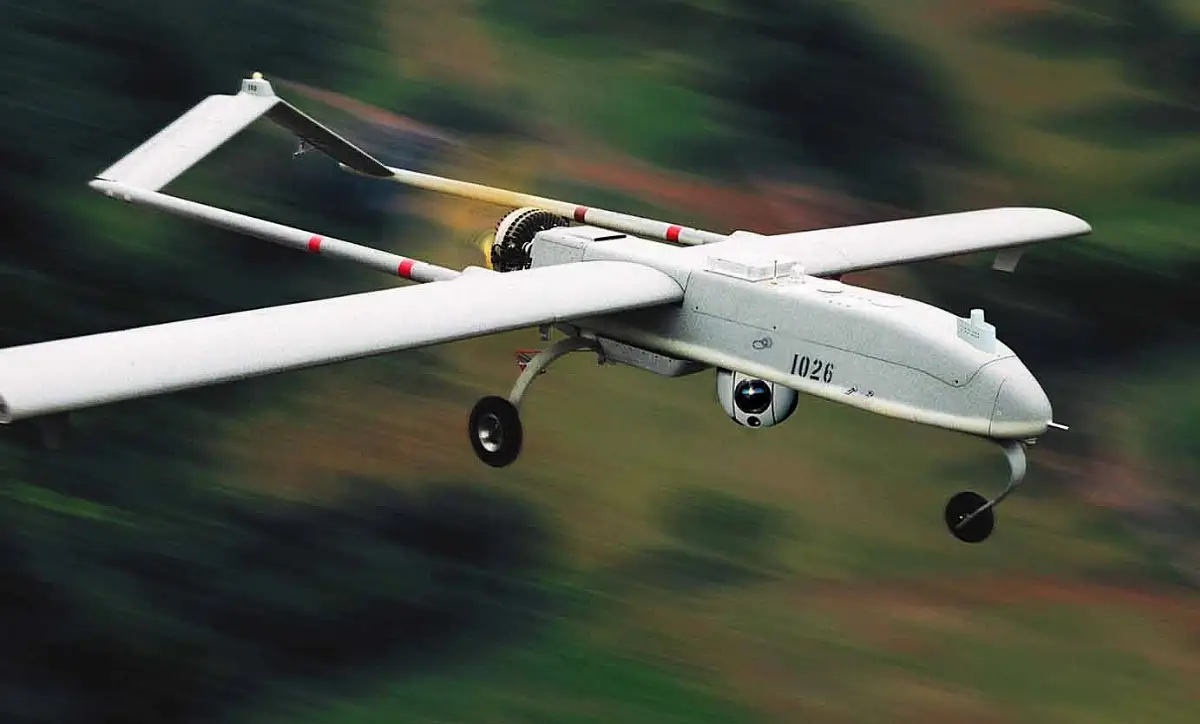
A €125 Million Anti-Drone Laser: EOS secures a major contract from a NATO Country
A 100-kilowatt system is capable of neutralizing up to 20 drone aircraft per minute

The Australian company anticipates further orders and aims to become the leader in Europe in remote weapon stations
Electro Optic Systems (EOS), an Australian publicly traded company, has secured a $125 million contract with a NATO member Nation for the supply of an advanced high-power laser defense system. The announcement came today from CEO Andreas Schwer, who described the deal as a significant breakthrough for the defense industry.
The system, based on a 100-kilowatt laser, is claimed by EOS to effectively counter threats posed by drones of class one, two, and potentially three. Schwer emphasized that this is the world’s first high-power laser to be operationally deployed, moving beyond the prototype phase into real-world use. According to the CEO, the device can neutralize up to 20 drone aircraft per minute, offering a cost-effective solution compared to traditional missile systems.
The agreement not only guarantees immediate cash flow through significant upfront payments but fits into a broader expansion framework. The CEO revealed that the company expects a robust pipeline of future orders, particularly in Europe, where EOS aims to become the leading supplier in the remote weapon station sector. The company’s financial position, strengthened by substantial cash reserves, places it in an ideal situation to support this growth and compete on a global scale.
The drone warfare landscape is revolutionizing the paradigms of modern conflict, and the order received by EOS fits perfectly into this scenario. Although the company has not disclosed the name of the client country, it is clear that drone defense has become a global strategic priority. The widespread use of inexpensive and readily available drones, as seen in recent conflicts including those in Europe, has proven that even low-cost systems can inflict significant damage to military and civilian infrastructure. With the advent of increasingly faster, autonomous drones capable of swarm operations, these threats are no longer theoretical but represent a concrete and immediate security challenge.
Until now, responses to these threats have relied on traditional solutions such as missiles, cannons, and frequency jammers. However, these systems have significant limitations: they are costly, have limited ammunition availability, and often cannot manage mass attacks effectively. It is in this context that laser technology emerges as a revolutionary solution. With their ability to engage multiple targets rapidly at a minimal cost per shot, high-power laser systems like that of Eos offer an effective and sustainable defense. Their deployment is crucial to protecting sensitive sites such as military bases, power plants, and urban centers, marking a qualitative leap in anti-drone defense capabilities.
For clarity, editor’s note, here is a brief overview of drones according to NATO classification:
- Class 1: smaller and lighter drones, often used for short-range tactical reconnaissance. These may include “nano” and “micro” drones (with a Maximum TakeOff Weight, MTOW, below 250 grams and up to 5 kg, respectively) and “mini” drones (with MTOW below 30 kg). They are agile and difficult to detect.
- Class 2: medium-sized drones, with MTOW ranging between 30 and 600 kg. They boast longer operational range and flight endurance compared to Class 1. They can be used for reconnaissance, surveillance, and light offensive missions.
- Class 3: larger and heavier drones, with MTOW above 600 kg. These are the highest-performing drones, capable of long-range and high-altitude operations. Often including MALE (Medium Altitude Long Endurance) and HALE (High Altitude Long Endurance) drones, they are used for strategic surveillance and attack roles.
Laser defense systems like EOS’s are designed to counter these threats, from the smallest and most numerous drones to the larger, more sophisticated ones.
AVIONEWS - World Aeronautical Press Agency